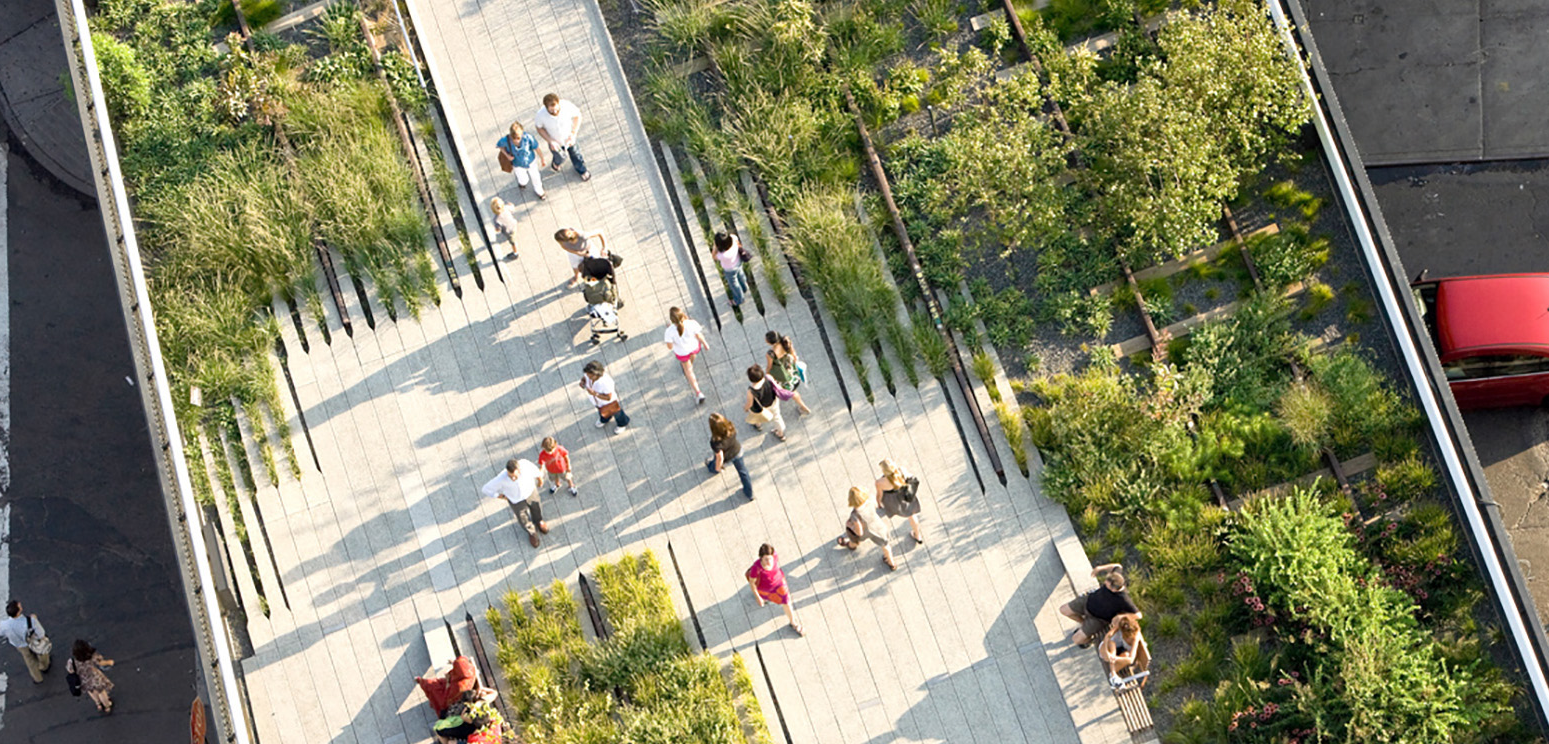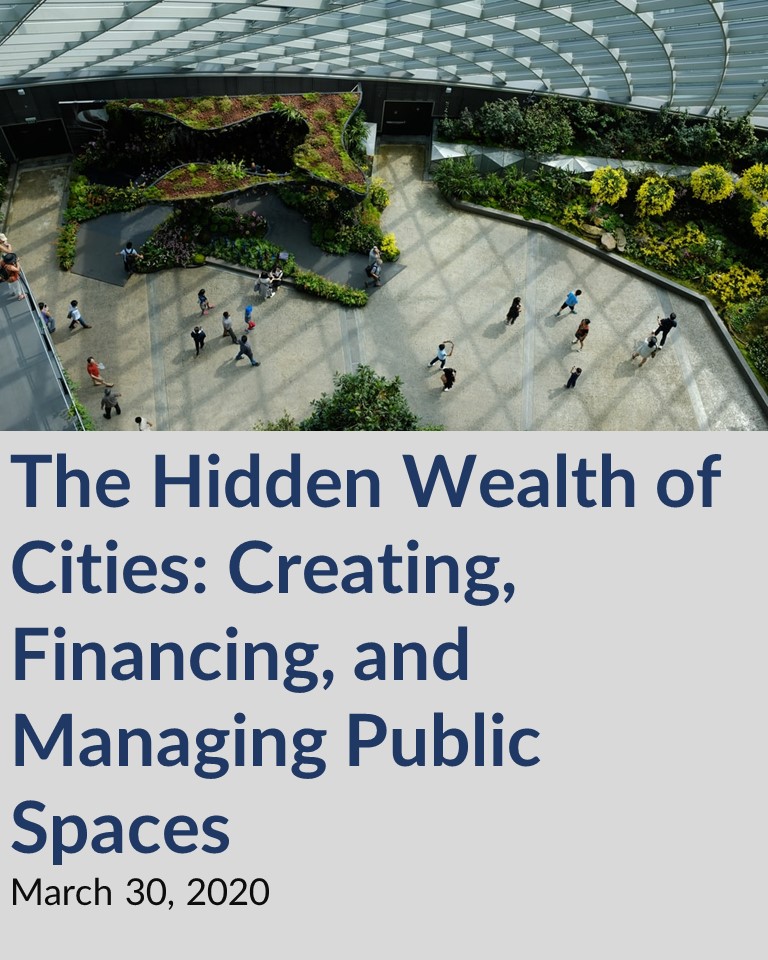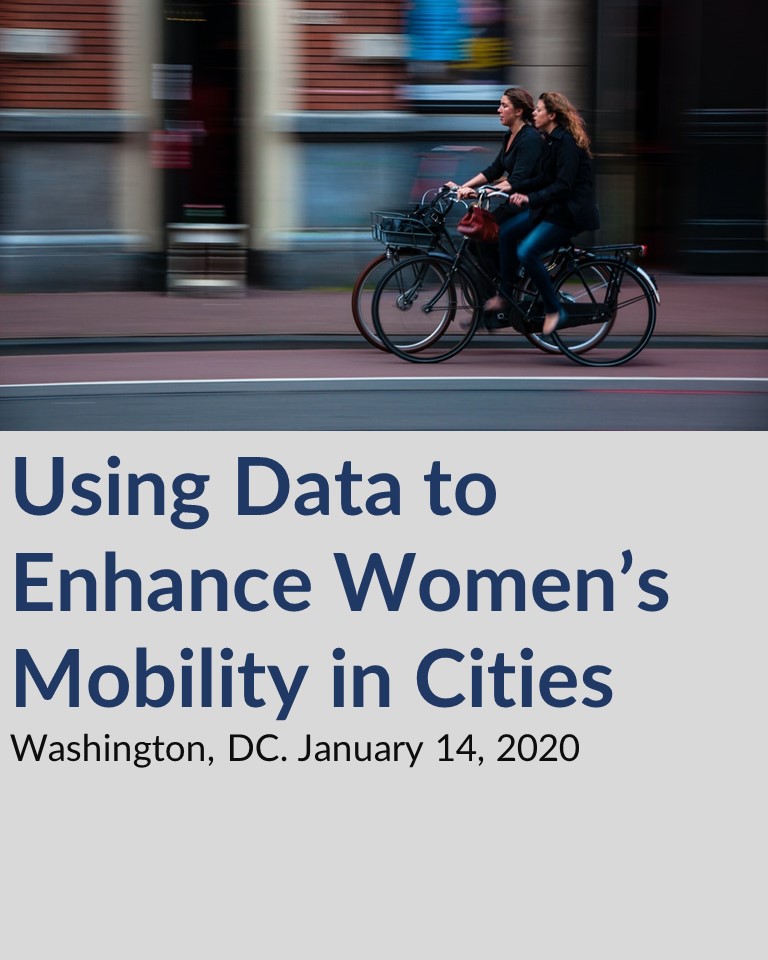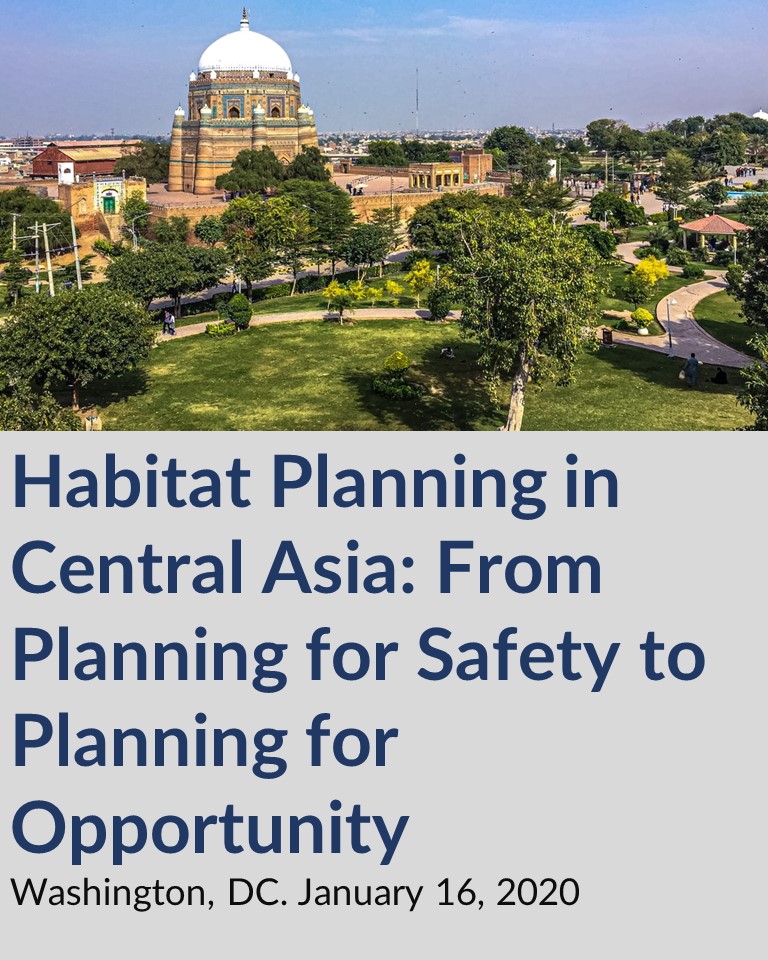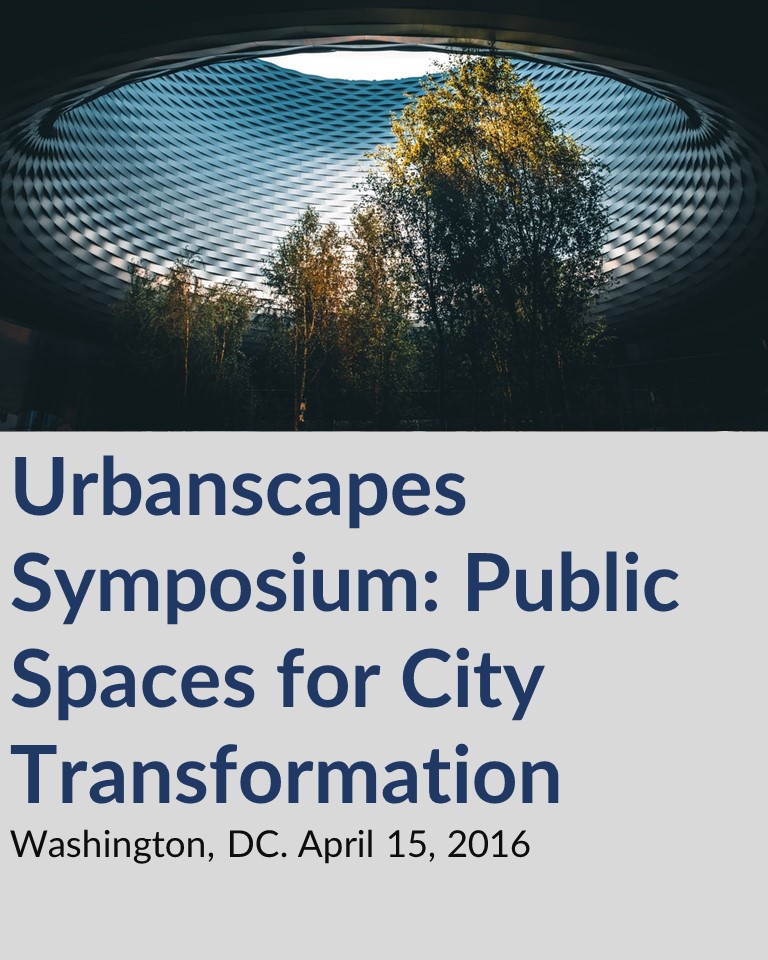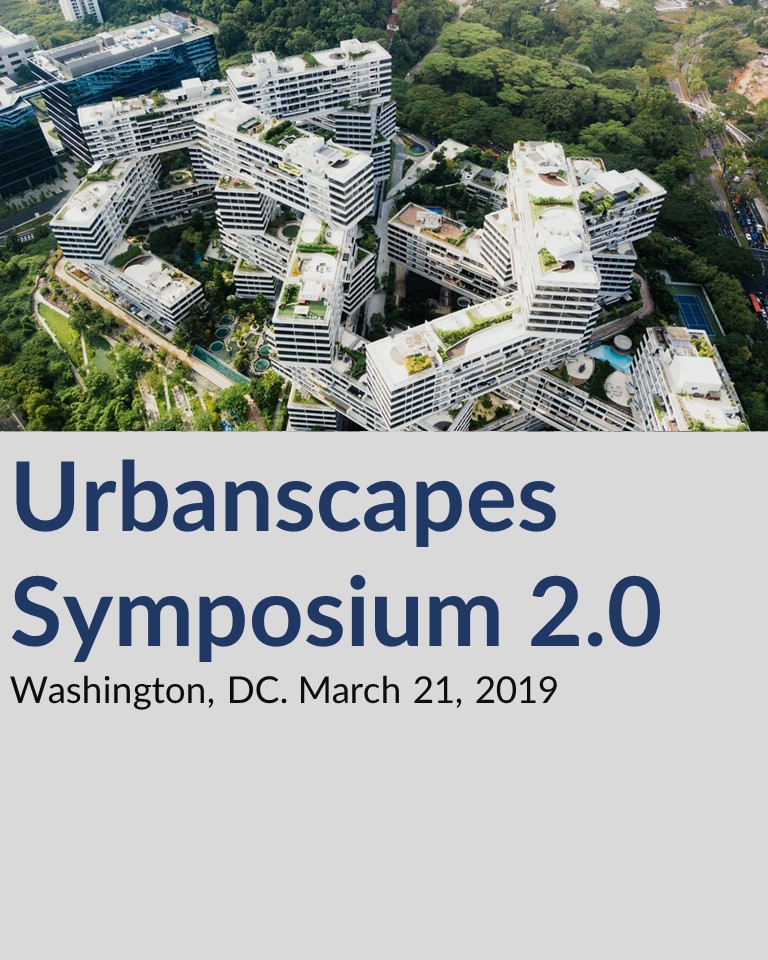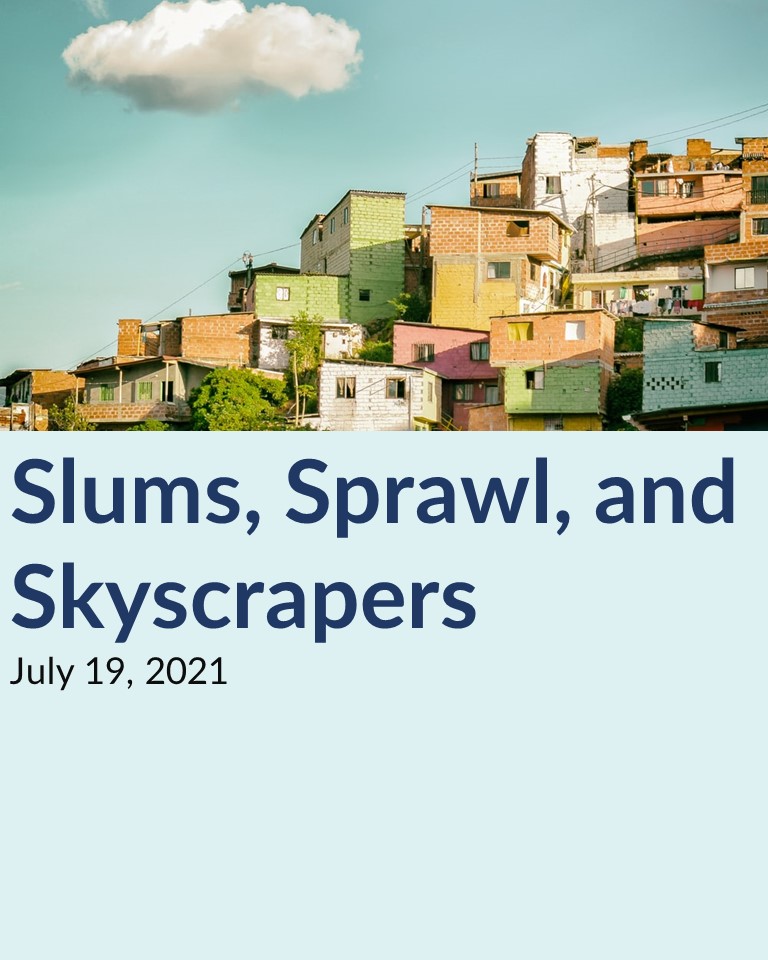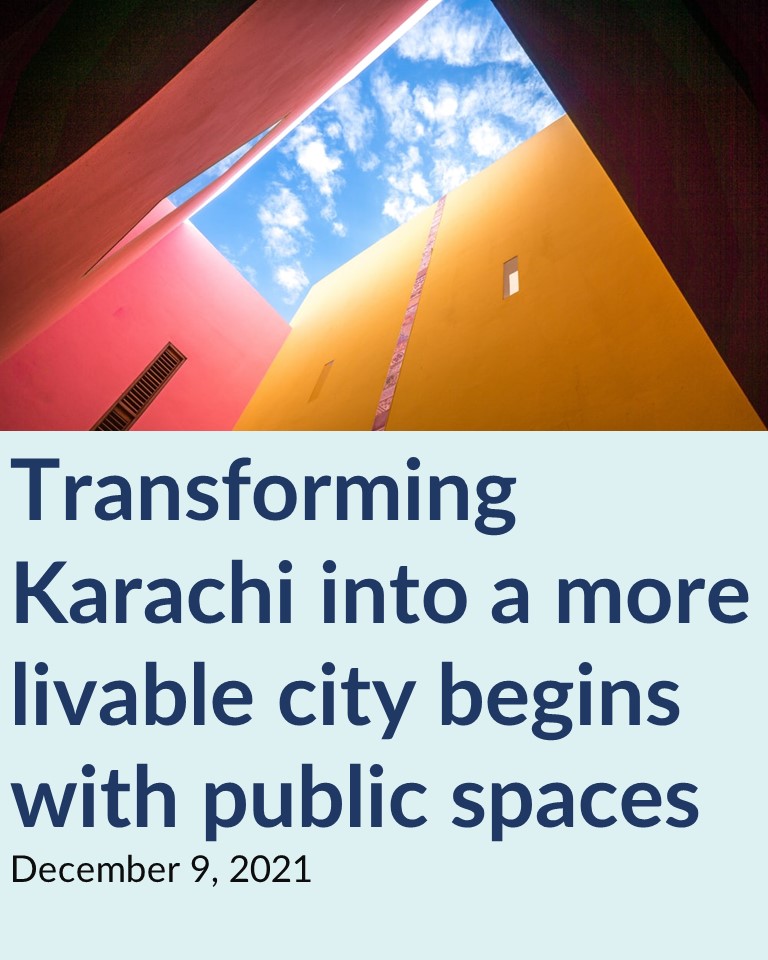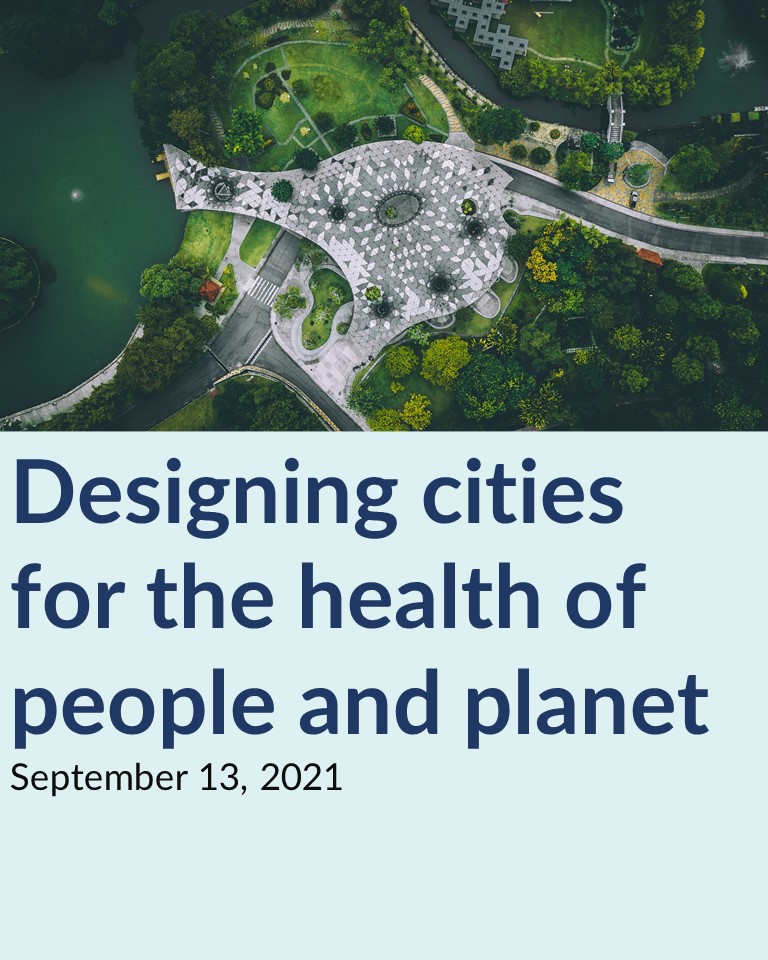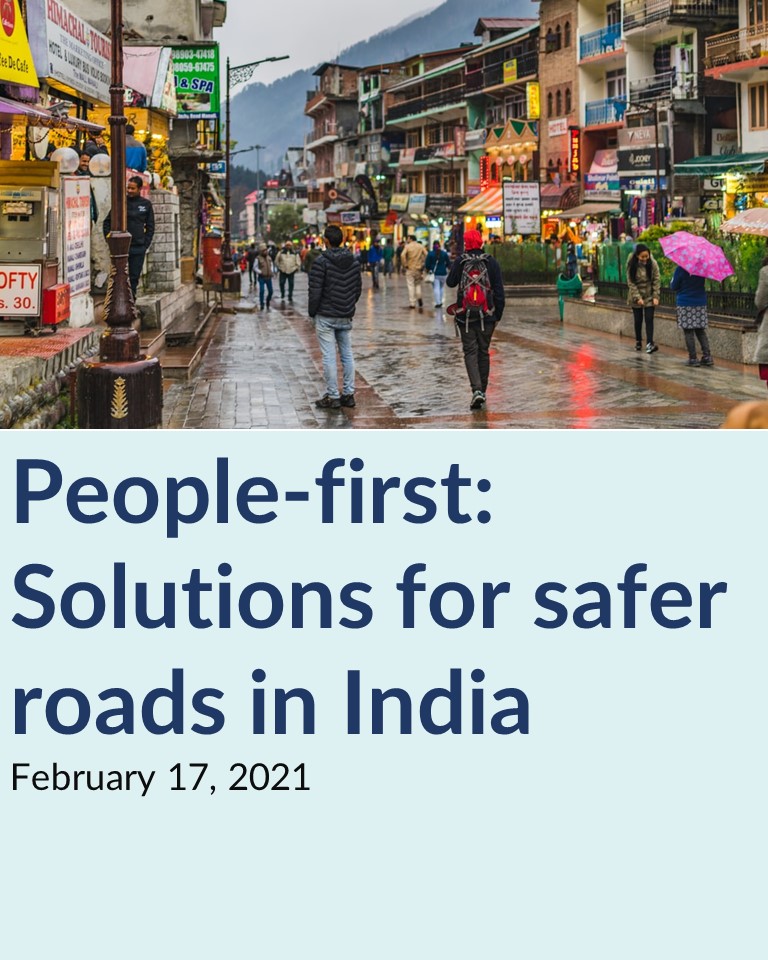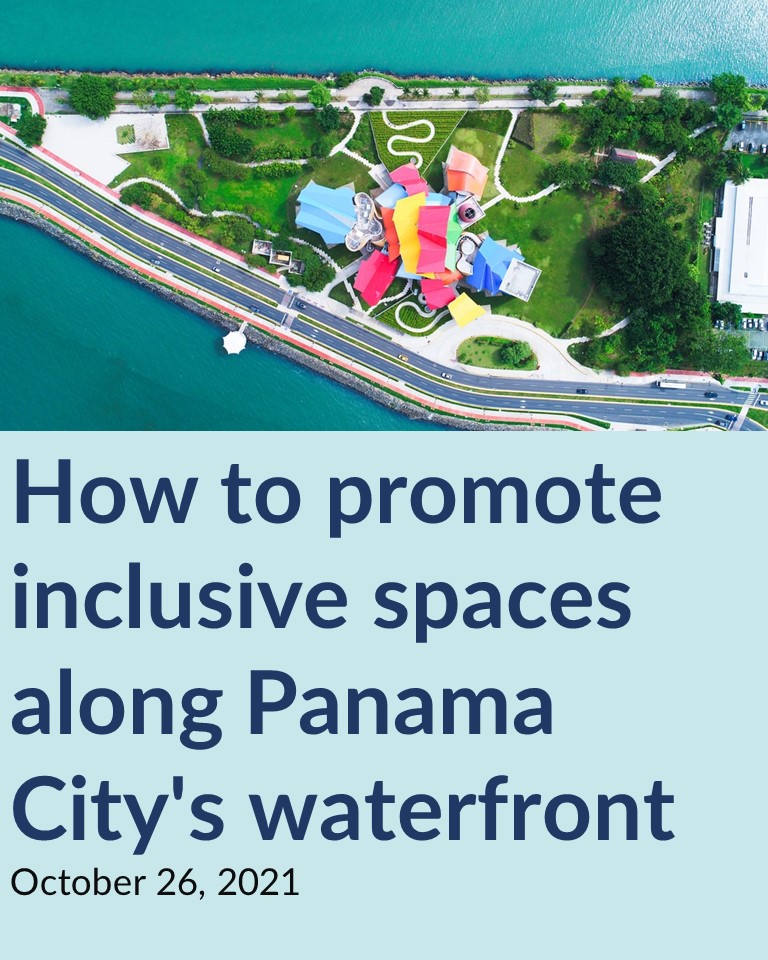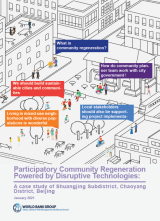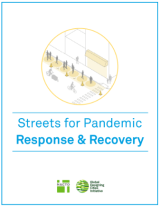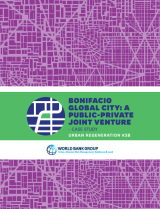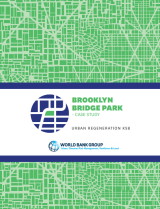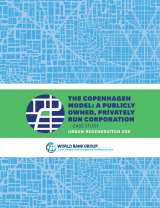About the Urbanscapes Community
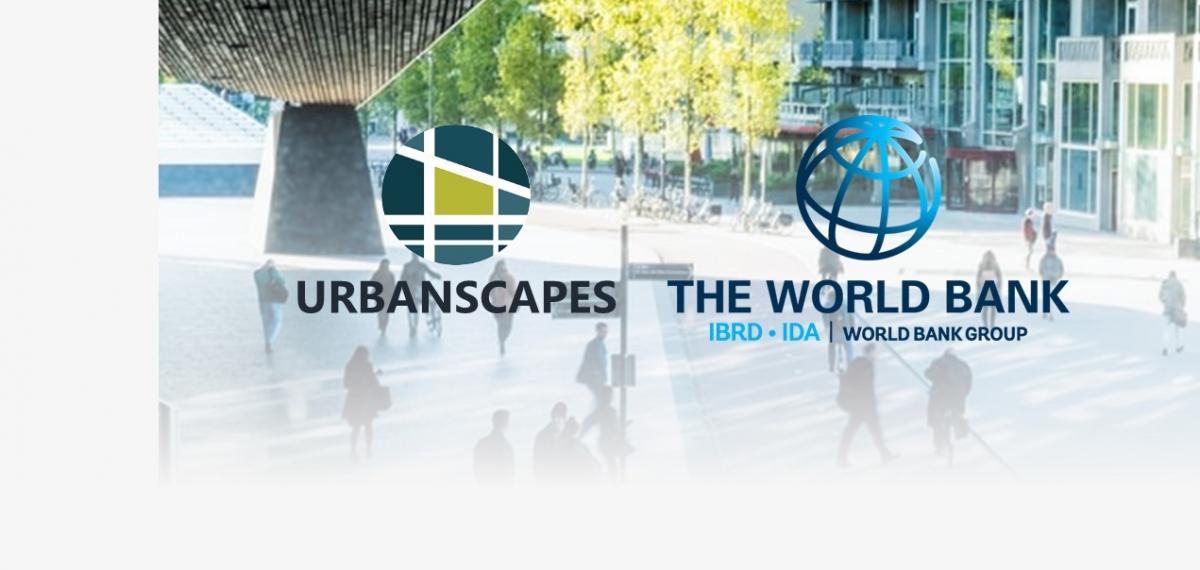
Urbanscapes aims to foster strong collaboration across different practice areas focused on the challenges of delivering innovative and well-designed urban spaces and places that can serve as catalysts for creating productive, livable, inclusive and vibrant cities. Members share ideas and material related to the following: Public Urban Spaces: the urban spaces within the public realm such as parks, plazas, streets, waterfronts and public buildings; Urban Fabric and Placemaking: the physical environment and their associated economic and social activities; Cityscapes: the city through the broader lens of urban planning, urban design and architecture, which contributes to the overall urban environment and systems; and Streetscapes: the detailed aesthetic and functional design elements of streets and public spaces, including roads, facades, lighting, landscaping, street furniture and pavement etc., that come together to form the character of public spaces.
Featured Events
Featured Blogs
Urbanscapes Knowledge Resources

